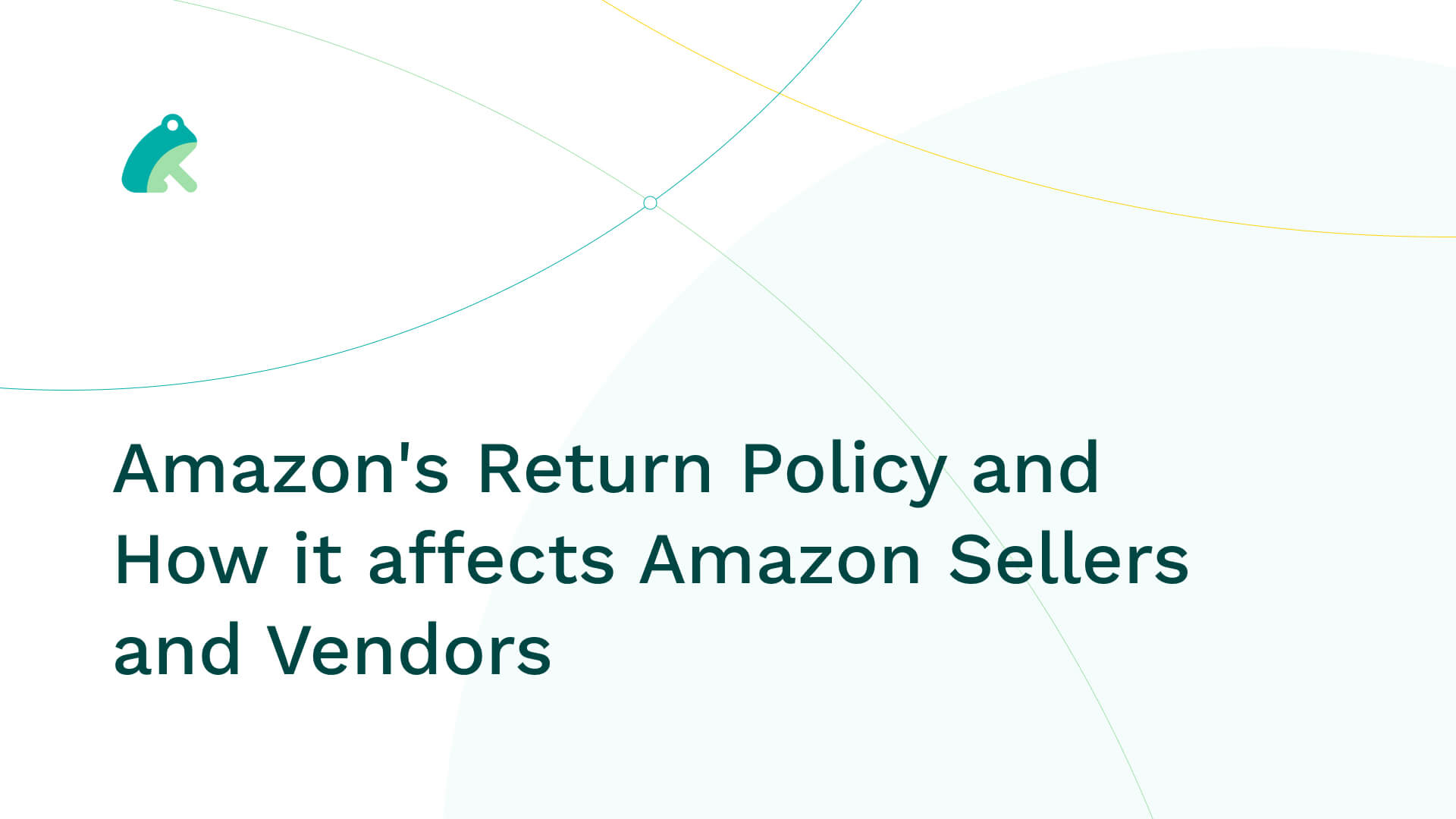Blog
Amazon’s Return Policy and How it affects Amazon Sellers and Vendors
January 2, 2026

Amazon's return policies significantly impact both sellers and vendors on the platform. Here are some key aspects that can affect them:
1. Generous Return Window:
- Impact: Customers can return items within a typically extended window (often 30 days or more), leading to increased returns for sellers.
- Challenges: Sellers may face higher return rates and potential inventory management issues due to longer return periods.
2. Prepaid Return Labels:
- Impact: Amazon often provides prepaid return labels, making returns convenient for customers.
- Challenges: Sellers might bear the cost of return shipping, impacting their margins, especially for low-cost items.
3. Automatic Authorization of Returns:
- Impact: Amazon sometimes automatically approves return requests without seller/vendor involvement.
- Challenges: Sellers may receive returns for items not meeting original condition criteria, affecting resellability and costs.
4. Customer-Friendly Return Experience:
- Impact: Amazon prioritizes a seamless return experience for customers, enhancing buyer satisfaction.
- Challenges: Sellers must ensure efficient and smooth return processes to maintain positive feedback and ratings.
5. Returnless Refunds:
- Impact: In certain cases, Amazon issues refunds without requiring the return of the item.
- Challenges: Sellers might experience revenue loss and potential abuse of this policy by customers.
6. Restocking Fees and Return Policy Variation:
- Impact: Sellers can set restocking fees and create their return policies, but Amazon’s standard policies may prevail.
- Challenges: Differences in restocking fees or return conditions between seller-specific policies and Amazon's policies can lead to confusion for customers and sellers alike.
7. Product Condition Standards:
- Impact: Amazon strictly enforces standards for returned product condition.
- Challenges: Sellers need to inspect returned items carefully, as any damage or missing parts could impact resale or lead to additional costs.
8. Effect on Performance Metrics:
- Impact: High return rates may affect seller metrics and performance evaluations.
- Challenges: Consistently high return rates can affect a seller's standing and eligibility for programs like Amazon Prime.
9. Long-Term Storage Fees for Returns:
- Impact: Unsold returned items stored for a long time may incur additional fees for sellers.
- Challenges: Managing returned inventory effectively to avoid accumulating long-term storage fees.
10. Handling Customer Disputes:
- Impact: Sellers need to manage customer disputes or dissatisfaction arising from returns.
- Challenges: Resolving disputes can be time-consuming and impact seller reputation if not handled adeptly.
Understanding and Effect on Sellers and Vendors:
Understanding and effectively navigating Amazon's return policies are crucial for sellers and vendors to maintain customer satisfaction, manage inventory efficiently, and ensure a positive selling experience on the platform.